History of the Aero Car
A Century of history…
For over 100 years, the historic Whirlpool Aero Car has offered riders spectacular views of the swirling Niagara Whirlpool and the Class 6 whitewater rapids of the Niagara River.

The Idea
The Whirlpool Basin and its swirling waters had been a popular tourist attraction dating back to the late 1800s. During this time period, local developer Samuel Colt purchased 7 acres of land for $250 and constructed an inclined railway to take visitors from the top of the Niagara Gorge the bank of the Whirlpool rapids below.
The inclined railway was powered by a series of iron buckets, collecting the fast flowing water from the river which moved a revolving chain powering the rail cars. After a series of landslides damaged the tracks beyond repair, it was permanently closed.
In 1913 Niagara Parks was approached by a group of Spanish businessmen interested in building new tourist attraction along the river, a cableway that would take visitors across the basin from Colt’s Point to Thompson Point and provide an entirely new perspective of the gorge with unobstructed views of the natural phenomenon below.
The Design
Famed Spanish engineer Leonardo Torres-Quevdo designed the attraction, following the principles of a similar installation at Mount Ulia San Sebastian in Spain. The car would hold 40 passengers at a time and be suspended 76 meters above the water by a series of steel cables. Tension of the cable lines was to be maintained by a 10 ton counterweight housed at its Thompson Point terminus.
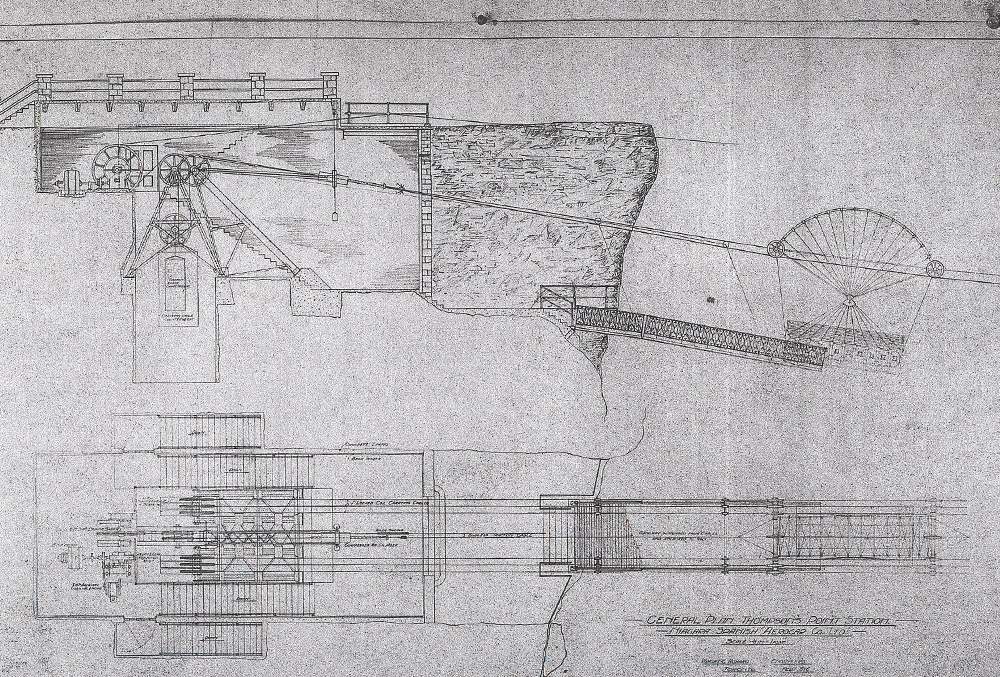
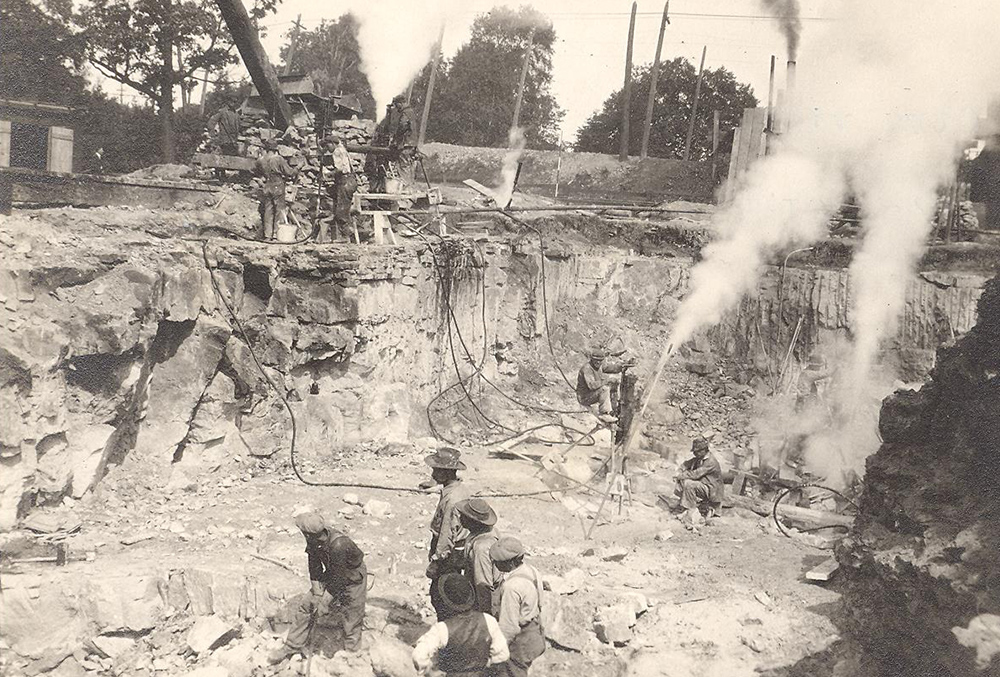
The Construction
Construction began in 1915 and progressed rapidly. Significant excavation was needed on both sides of the gorge in order to house the machinery chambers, a design choice that was made to avoid interfering with views of the river from the surrounding area. The carriage itself was built in overseas and shipped to the site where it was installed onto a cable spanning over 500 meters across the swirling waters of the river below.
The First Voyage and Early Years
The attraction began operations on August 8, 1916, taking it’s maiden voyage just after 3pm witnessed by a hundreds of spectators gathered to see the amazing engineering feat in action for the first time. The first passengers included Spanish dignitaries, and the car was adorned with the flags of four nations, Canada, Spain, the United States and France.
In its first few years of operation the Aero Car struggled to be profitable. A drop in travel due to World War I in particular negatively impacted visitation and the Spanish operators began looking to divest themselves of the attraction. Over the next 50 years operation of the attraction would change hands several times, until it was purchased in full by Niagara Parks in 1968.
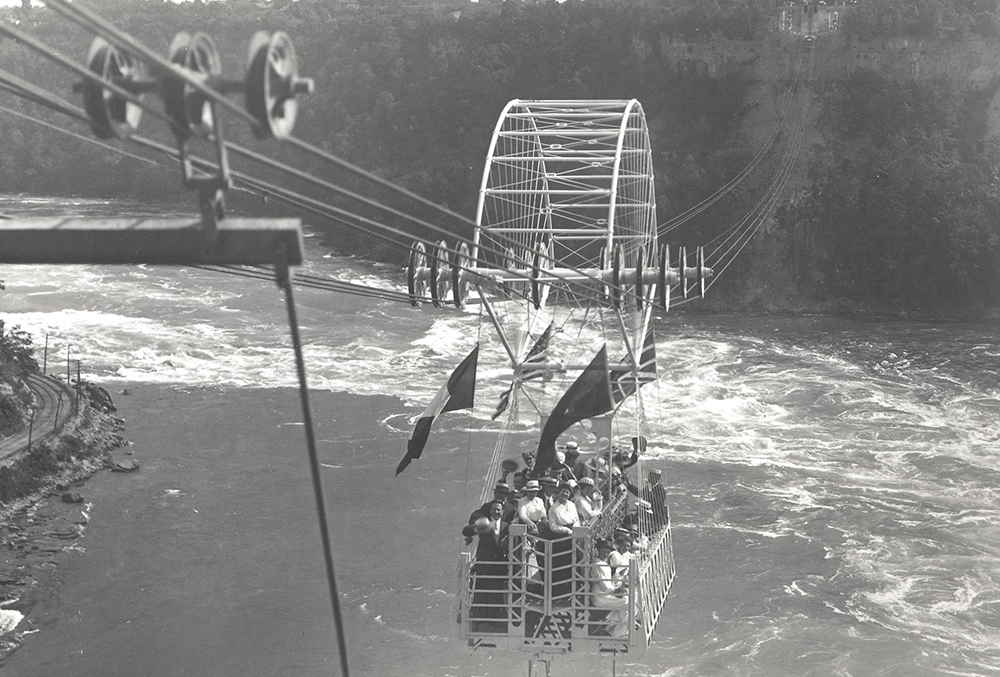
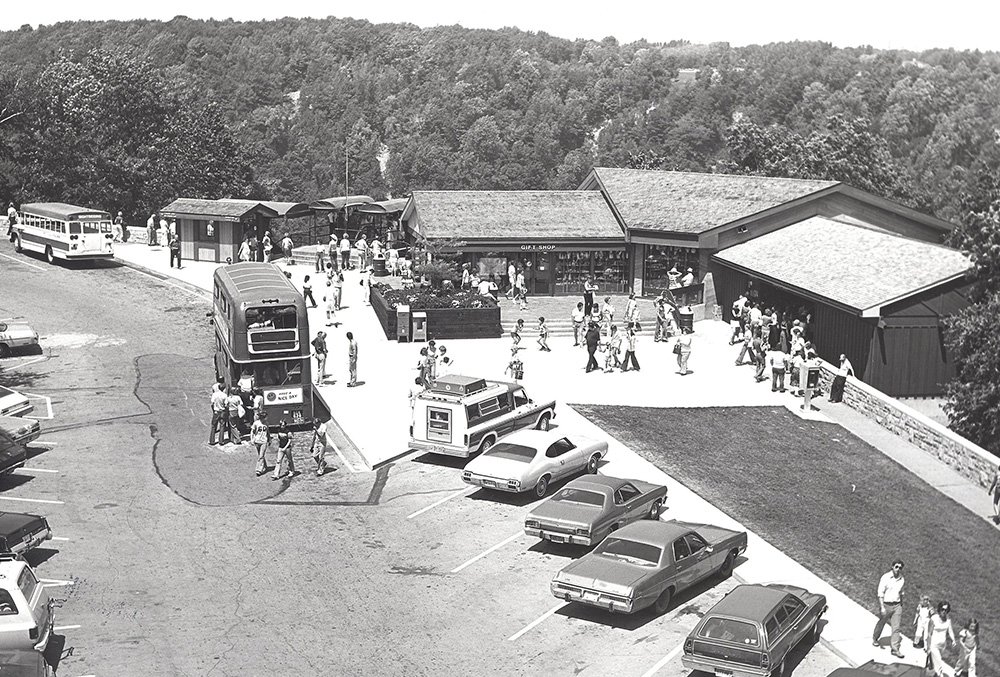
Visitor Centre & Mechanical Upgrades
Shortly after taking ownership of the attraction, Niagara Parks constructed the current visitor centre adjacent to it, with guest amenities including a retail store and food service.
In 1984, the attraction underwent substantial upgrades to modernize all of its mechanical components. The carriage was not changed however, in the interest of preserving its historical integrity.
100 Years and Counting
Today, over 100 years since its opening, the Whirlpool Aero Car continues to provide visitors with panoramic views of the Niagara Gorge and swirling whirlpool rapids below. All while crossing the Canada and United States border four times during each trip. It is believed to the only aerial tram of its kind still in operation.
In August 8th 2016, Niagara Parks celebrated the centenary of the attraction. In attendance was Carlos Torres Quevedo, the great grandson of its designer Torres Quevedo.
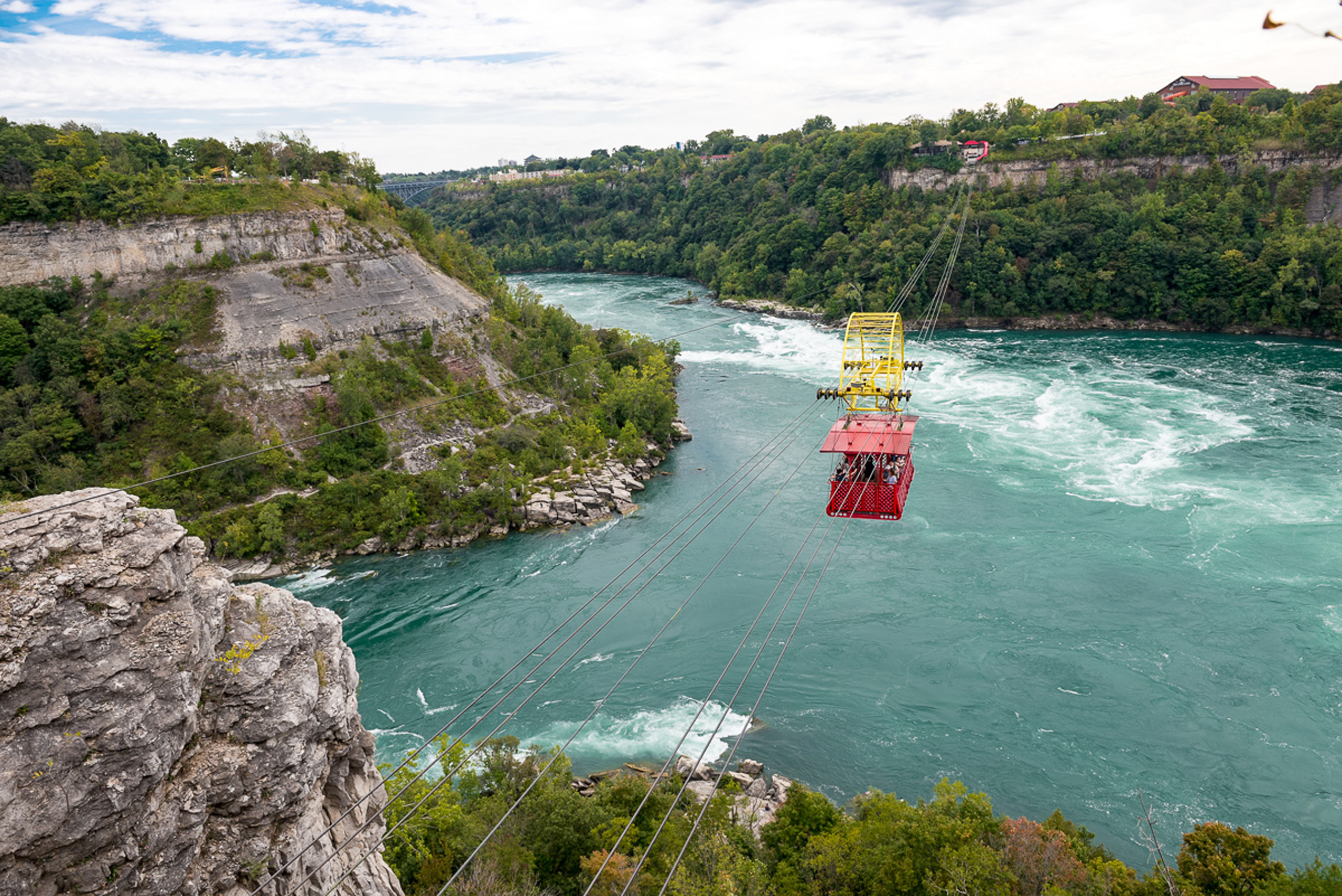

 Close and
Close and